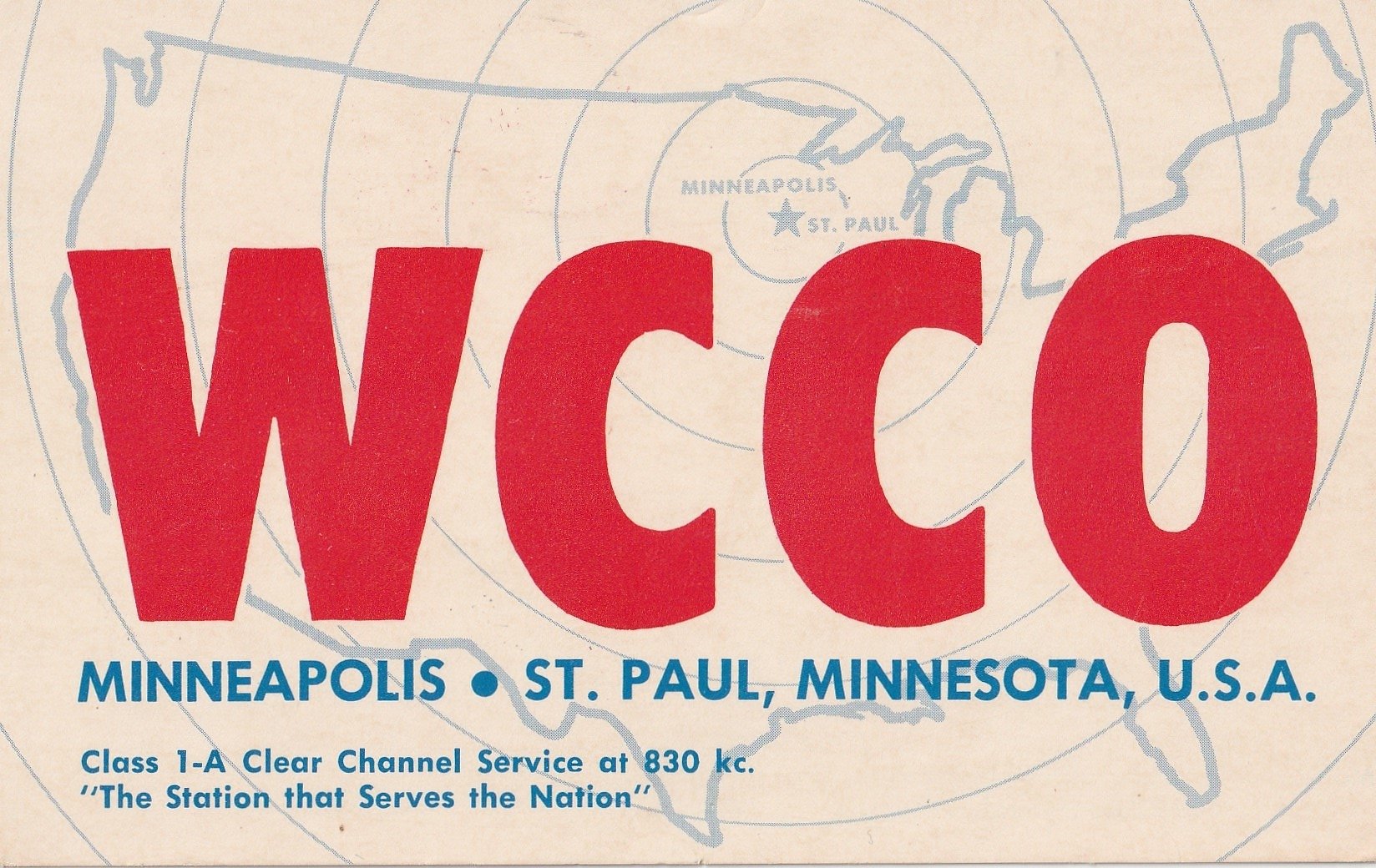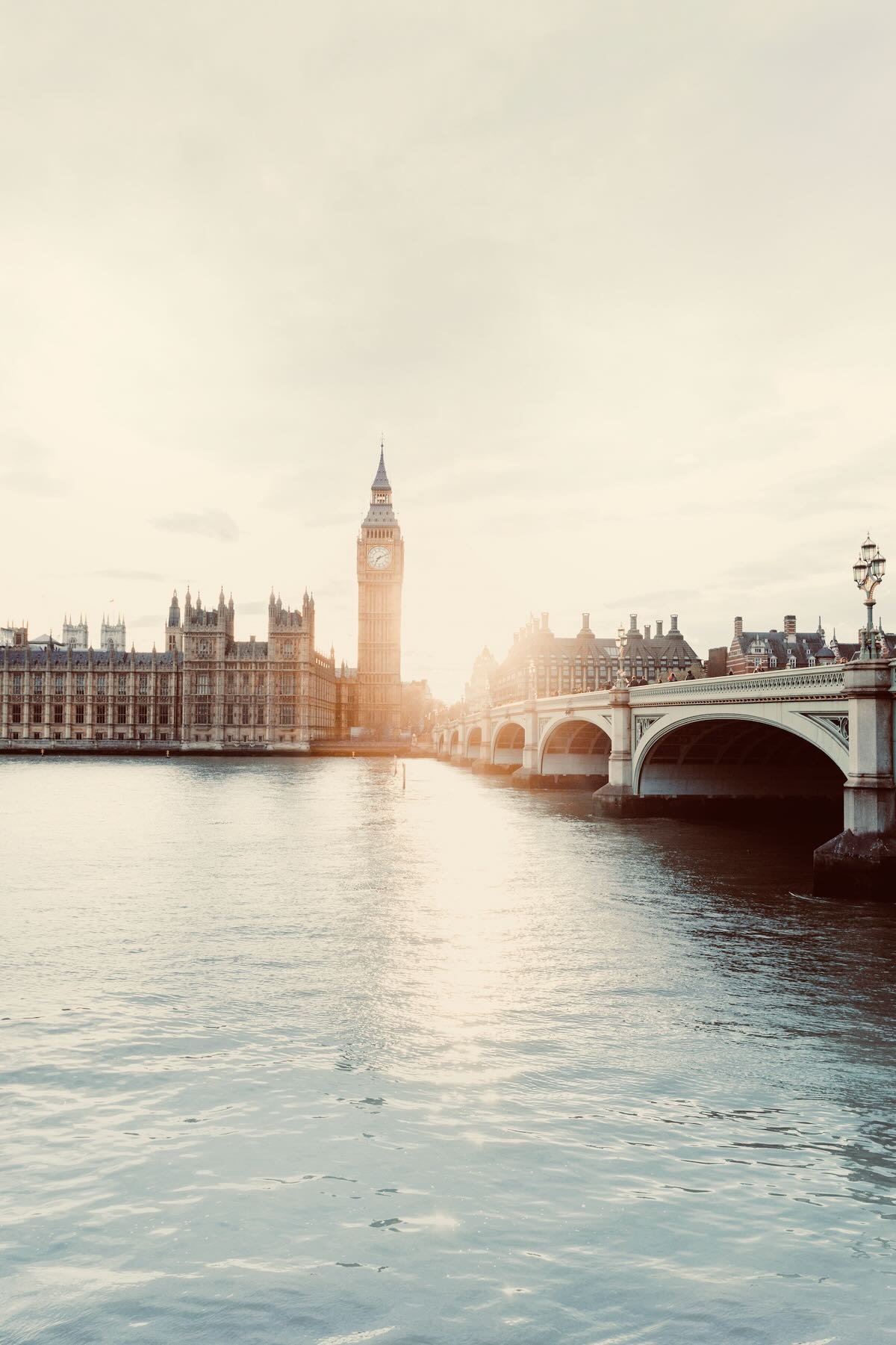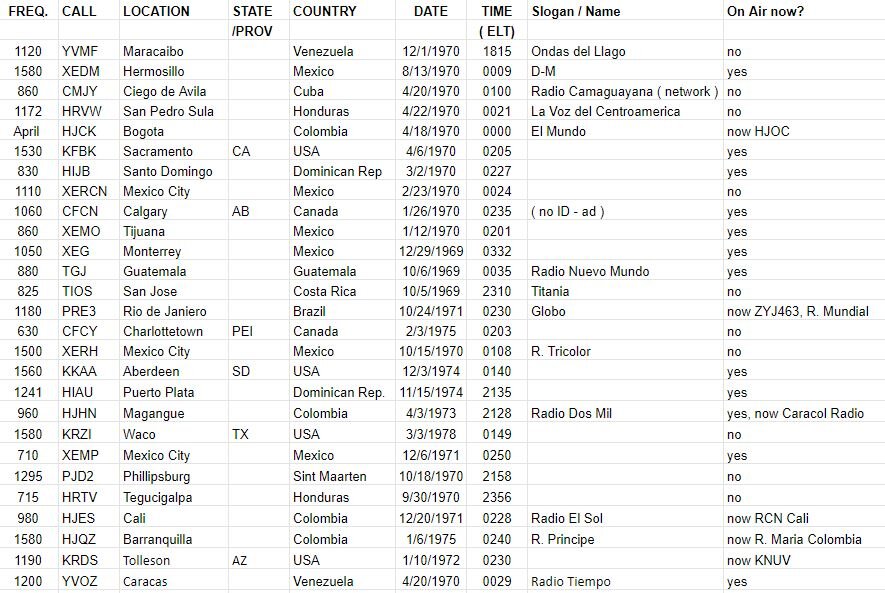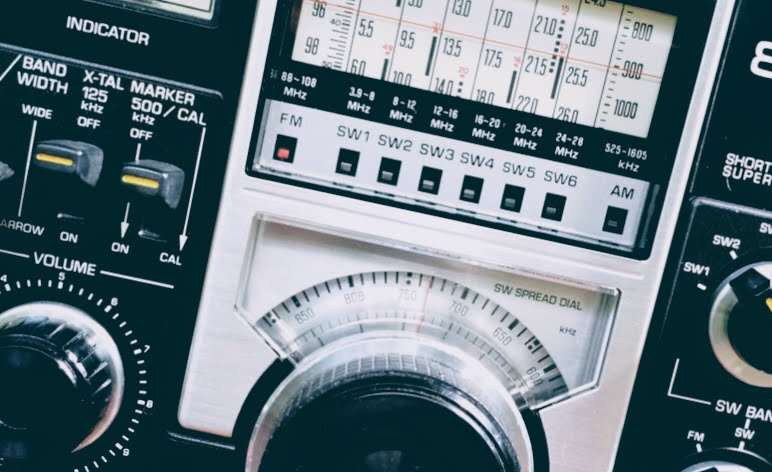1710 kHz – This scan begins with an oddity, WQFG689 a “traveler’s information station” broadcasting just a notch above the x-band, but a spot on the dial that is still included on contemporary AM radios. According to Wikipedia it’s the only legit station in America broadcasting on 1710. It’s owned by Hudson County in New Jersey broadcasting on a handful of ten watt transmitters. I’m assuming this reception might be coming from Jersey City, which is across the water not far from here. A few years ago one of the Hasidic communities in Brooklyn had a lo-fi pirate station at this frequency, but I haven’t heard it there in a long time. And as WQFG689 sits in a very lonely place on the dial, this station is a popular DX target. Apparently at this hour they were experiencing “technical difficulties.”
1690 kHz – Some contemporary R&B style pop song with a male singer. It’s an English language performance however (is it Spanish?). I’m not sure what this might be, but from looking around on the web it may be CHTO, a multicultural station in Toronto, Ontario.
1650 kHz – A weak reception of a talk radio show. Some discussion of the desires of Harvey Weinstein and other matters. Perhaps this is WHKT in Portsmouth, Virginia.
1630 kHz – At this spot on the dial I receive an image of WINS (1010kHz) as well as some station broadcasting the unavoidable Brother Stair. Don’t know exactly what is going on there, but the PL-880 is known to toss in some stray images on the dial in dense radio markets like New York.
1600 kHz – Some spirted South Asian pop music. Bollywood stuff I suppose. This would be WWRL here in New York, broadcasting from Secaucus, New Jersey.
1570 kHz – I believe this is the Eagles singing about Christmas. I have no idea what station this might be. WFLR in Dundee, New York is a guess.
1560 kHz – A little bit of Bible from Family Radio – still on New York City radio, but not on the FM dial anymore. Otherwise known as WFME here in New York. Armed with fifty-thousand watts, their signal has quite a reach. I hear the ghost of Harold Camping on here from time to time.
1530 kHz – Speaking of ghosts, it’s Ol’ Brother Stair buying some time on WJDM in Elizabeth, New Jersey I believe. Is he in prison yet?
1520 kHz – Sports talk from WWKB in Buffalo, New York.
1500 kHz – A discussion of Christmas treats on WTOP in Washington, D.C.
1480 kHz – Some seasonal mischief in Chinese from WZRC, a Cantonese station here in New York.
1460 kHz – Some distant choral or Christmas music from somewhere.
1430 kHz – Casual talk of God’s happiness plan from WNSW in Newark, New Jersey. Not to judge, but Catholic talk radio is just more civilized than most Protestant talk radio. A little more breezy than the fire and brimstone stuff. They always sound like their shirts are ironed. Carrying the Catholic radio network “Relevant Radio” is the latest format at this frequency in the city. Before that the “Voice of Russia” was broadcast here.
1380 kHz – More Chinese talk. This time it’s from another multicultural station – WKDM here in New York City.
1350 kHz – A poor reception of late night talk. I believe it’s “Red Eye Radio.” I really don’t know where this is coming from.
1310 kHz – A female host on a talk radio program. Mediocre reception from another unknown AM station.
1300 kHz – Again, a female conversation here as well, but this time the topic is spectator sports of some kind. I’m thinking this is the ESPN affiliate WAVZ in New Haven, Connecticut.
1280 kHz – A medical case study in Spanish and English from WADO, here in New York. This is a Spanish news/talk station owned by Univision.
1250 kHz – It’s WMTR in Morristown, New Jersey, which is essentially the only true oldies station that reaches New York City. During the day it’s not a rock solid signal in New York, but anybody who knows how to fiddle with a decent AM radio can pick it up. At night, I had a hard time getting a good read on WMTR when I lived up at the top of Brooklyn, but down here in Bay Ridge at the South Brooklyn waterfront it’s pretty solid as you can hear. Starting with “Da Doo Ron Ron” and “Sugar, Sugar” I let it roll for a few minutes. Not many radio stations play a “classic oldies” format these days, or if they do it might just be the torture of a super tight 300 song playlist. While WMTR can’t top the huge music library of WLNG out at the end of Long Island, they rotate a respectable mix of the old hits. There’s a rather interesting Wikipedia entry for WMTR, where you can read about their experimentations with AM Stereo and how they’ve tweaked their oldies rotation over the last few years, partly in response to WCBS-FM in New York moving away from oldies into a morass of format noodling.
1210 kHz – WHPT in Philadelphia playing the conspiracy/paranormal Coast to Coast program, the most popular syndicated overnight radio show in North America. It’s George Knapp hosting, but during the week it’s George Noory. The original host and creator of the program, Art Bell is long gone after quitting radio about five times. After one A.M. or so, moving across the AM dial means you’ll come across Coast to Coast many times. Tonight the topic is Area 51, which is hardly surprising.
1190 kHz – Some contemporary R&B flavored Christian music from WLIB. in New York. Always clear reception for this station. This station was actually the original flagship station for “Air America,” the short-lived progressive talk network. For those of you who may remember WOWO, the Midwest clear channel 50,000 watt station heard far and wide at 1190 from Fort Wayne, WLIB’s powerful 30,000 watt upgrade is directly related to that Indiana station’s demise as a nighttime powerhouse. Back in 1994 the owners of WLIB actually bought WOWO for the specific purpose of cutting back their signal after dark (It’s now only 9,300 watts and directional) so WLIB’s could be increased up to what it is today. Sneaky, eh?
1180 kHz – Coast to Coast again, this time coming from in WHAM, in Rochester, New York. Great call letters.
1170 kHz – Coast to Coast coming from WRVA in Wheeling, West Virginia this time.
1130 kHz – WBBR in New York, otherwise known as “Bloomberg Radio.” I may find it kinda tedious, but if you’re a big time profiteer this might be your favorite radio station. Just listen to the commercials, sheesh! And as a bonus you get a public service announcement about how high-tone Manhattanites should prepare for disaster.
1110 kHz – A strong read of Coast to Coast from WBT in Charlotte, North Carolina.
1100 kHz – It’s WTAM in Cleveland, Ohio broadcasting Coast to Coast. Not as strong as the signal from Ohio.
1090 kHz – WBAL in Baltimore, Maryland offering some tips on “layering” customer rewards programs.
1050 kHz – Sports in Spanish from WEPN in New York City.
1030 kHz – WBZ in Boston, Massachusetts. Something about hips. One of the few talk stations I’ve heard which still specialize in local programming around the clock. WLW in Cincinnati would be another.
1010 kHz – WINS in New York. News radio which still features the hokey teletype sound effects in the background. I let this play for a few minutes, including a PSA about a cocaine cessation program.
960 kHz – Something about a meatball sub. It may well be WELI in New Haven, Connecticut.
970 kHz – 970 “The Answer,” otherwise known as WNYM in Hackensack, New Jersey with top of the hour Fox News. The big story – the power outage at the airport in Atlanta.
Click here to read and listen to PART 2.
























